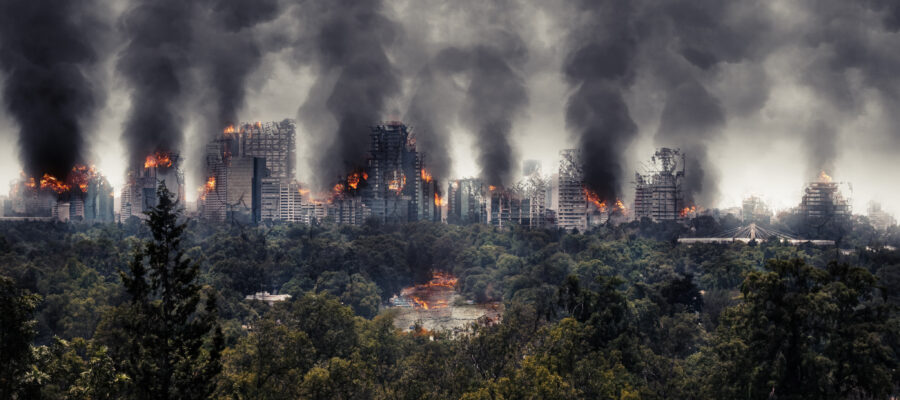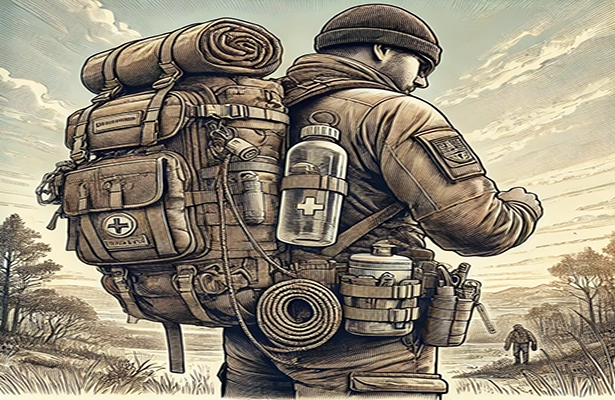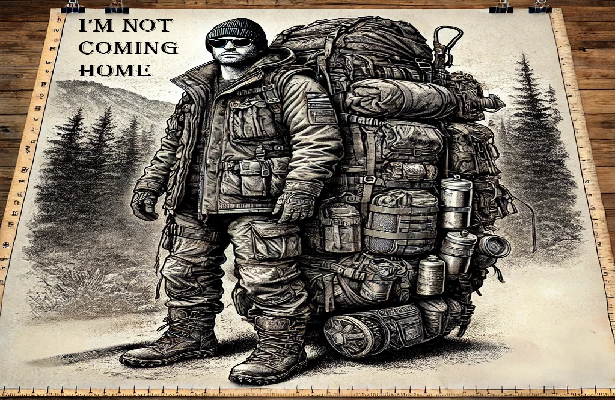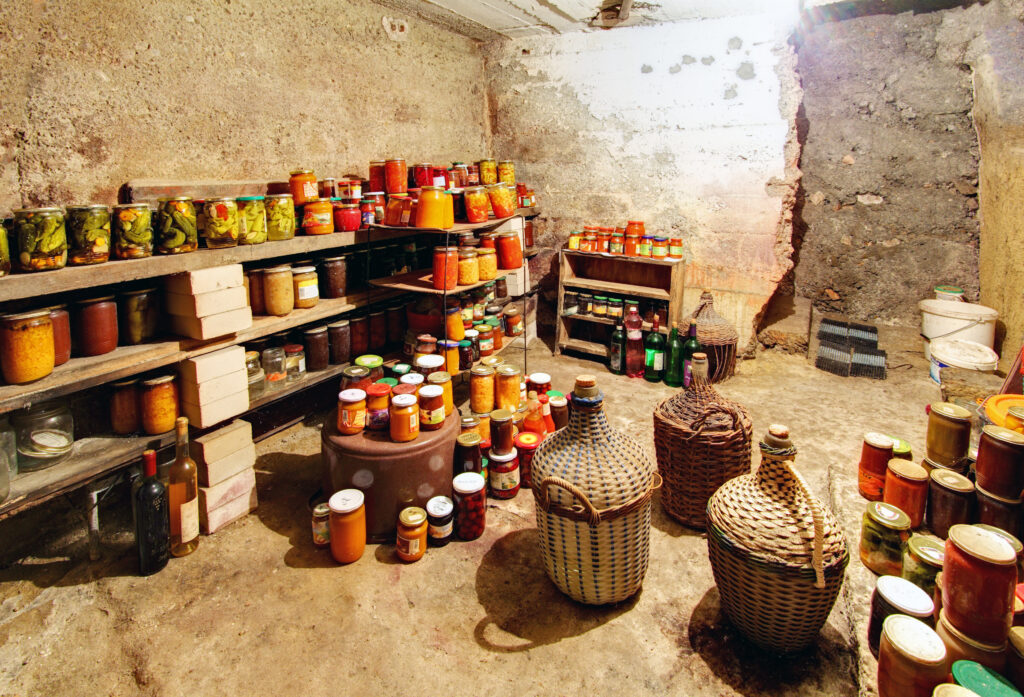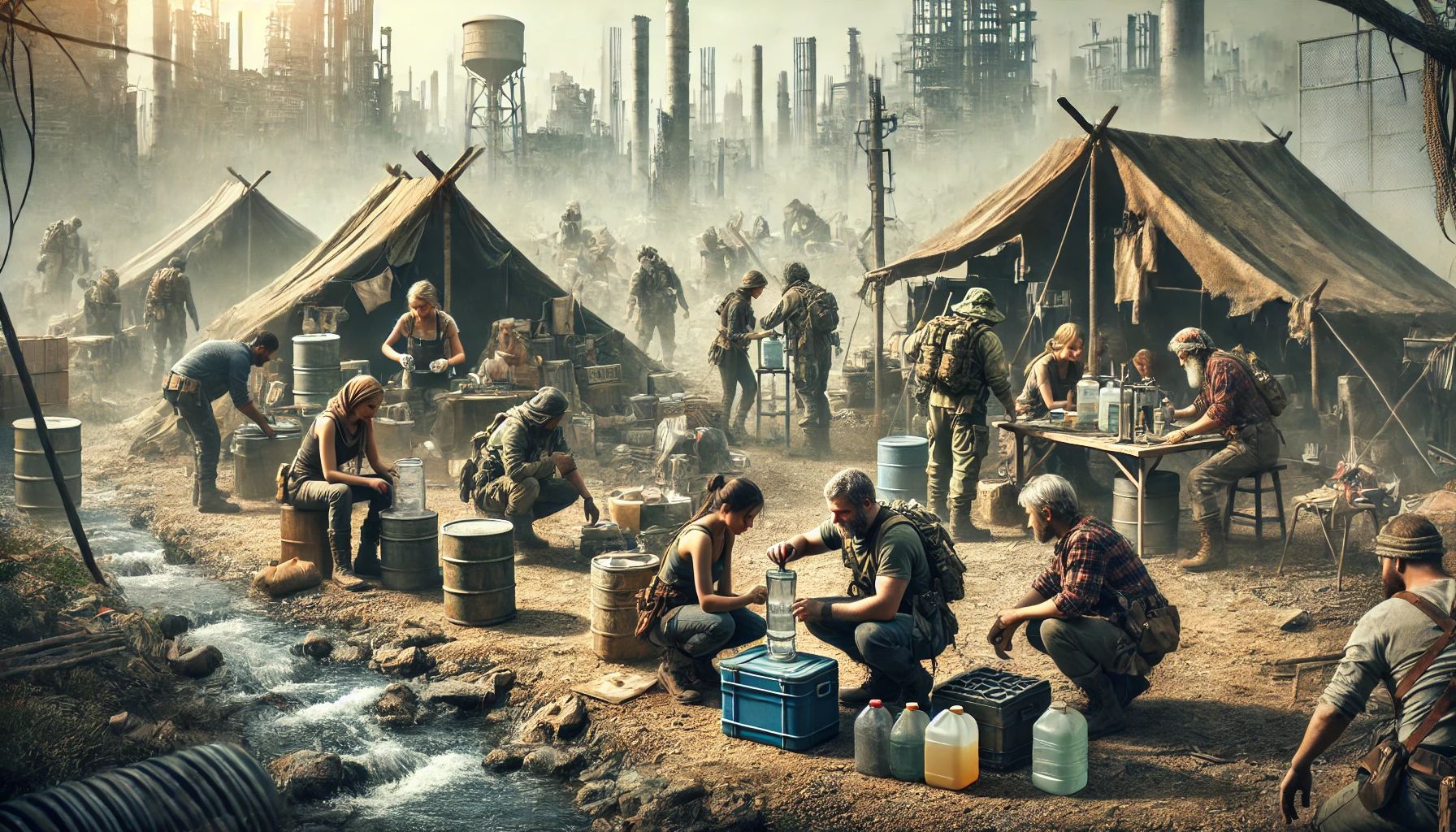SHTF, or “Shit Hits The Fan,” is a term used to describe a catastrophic event that causes widespread disruption to society, often leading to a breakdown of essential services such as food, water, and electricity. While SHTF scenarios can take many different forms, they generally involve a large-scale disaster that overwhelms the ability of governments and emergency services to respond effectively.
Some of the most commonly cited SHTF scenarios include natural disasters such as hurricanes, earthquakes, and wildfires, as well as human-caused disasters such as terrorist attacks, pandemics, and economic collapses. In any of these scenarios, the sudden loss of infrastructure and the breakdown of social order can be devastating, leading to widespread panic and chaos.
As a result, many preppers and survivalists have become increasingly interested in SHTF preparedness, which involves taking steps to ensure one’s survival in the event of a catastrophic event. This can include stockpiling food, water, and other essential supplies, as well as developing skills such as self-defense, first aid, and wilderness survival.
While some people view SHTF preparedness as paranoid or unnecessary, there are many reasons why it can be a valuable and even life-saving practice. For one thing, disasters can strike at any time, and being prepared can give individuals and families a better chance of surviving and even thriving in the aftermath. Additionally, SHTF preparedness can help build resilience and self-sufficiency, which can be valuable in any number of other situations, such as job loss or personal emergencies.
Of course, SHTF preparedness is not without its challenges. It can be expensive to stockpile food and supplies, and developing certain skills such as self-defense or wilderness survival can be time-consuming and difficult. Additionally, there is always the risk of becoming overly focused on worst-case scenarios, leading to unnecessary anxiety or even paranoia.
To avoid these pitfalls, it’s important for individuals interested in SHTF preparedness to take a balanced and measured approach. This can involve taking practical steps such as building a basic emergency kit, learning basic first aid, and developing a basic understanding of how to purify water and start a fire. It can also involve staying informed about potential threats and risks, without becoming consumed by fear or panic.
Ultimately, SHTF preparedness is a personal decision that depends on a number of factors, including one’s level of risk tolerance, resources, and individual circumstances. While it’s not possible to predict when or how a disaster might strike, taking proactive steps to prepare for the worst can help ensure that one is ready to face whatever challenges may come their way.
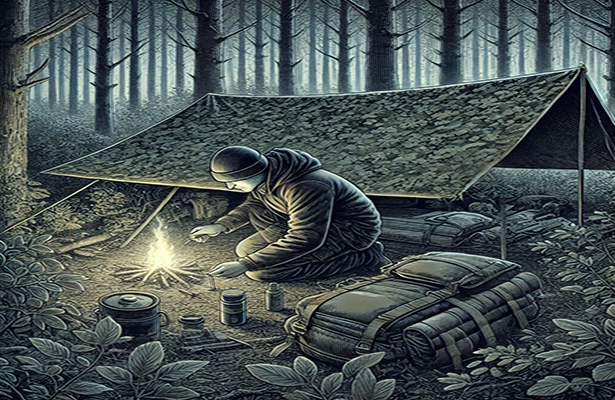
20.8 lb. Stealth Camping Bag? A complete Guide to Stealth Camping
Stealth camping can be a thrilling and adventurous way to experience the outdoors, but it requires careful planning and preparation. One of the most important […]


